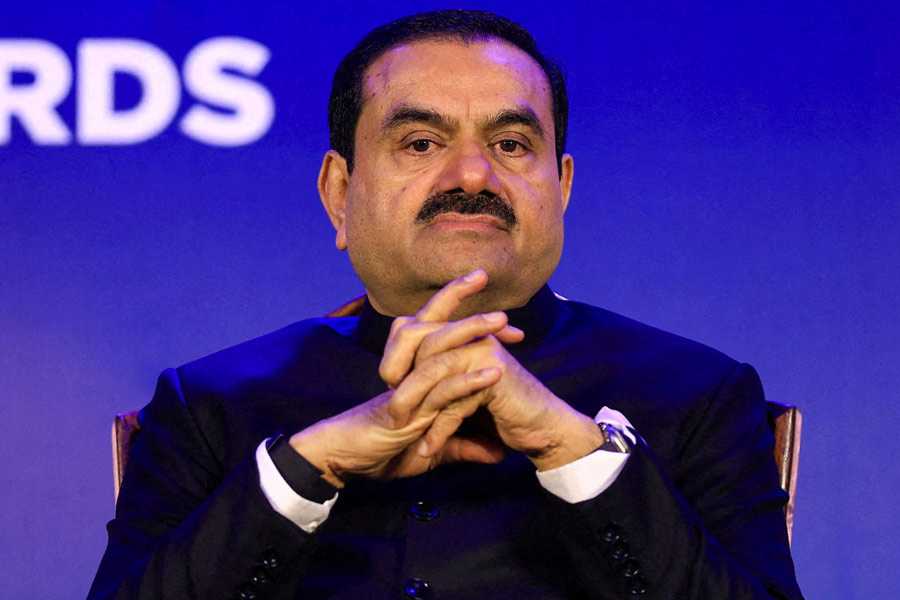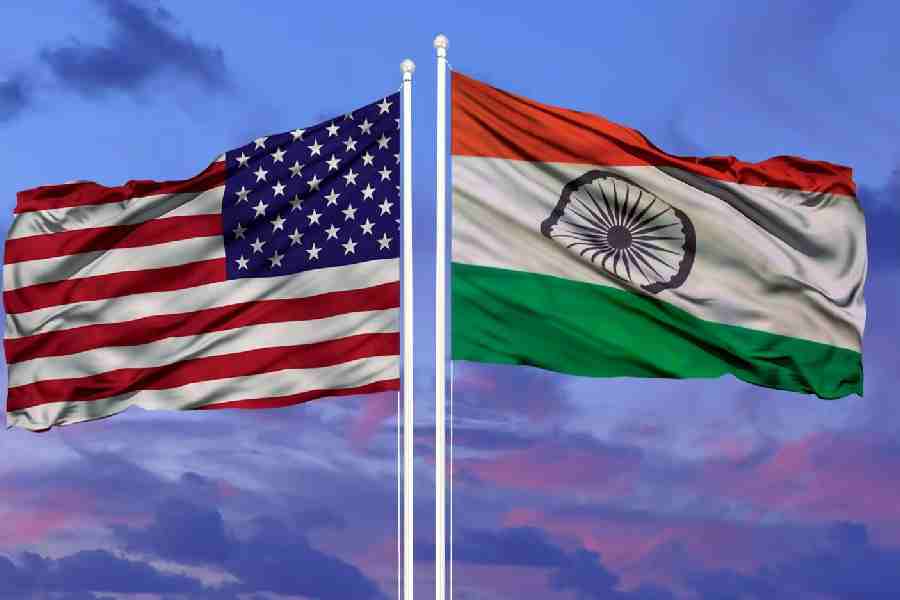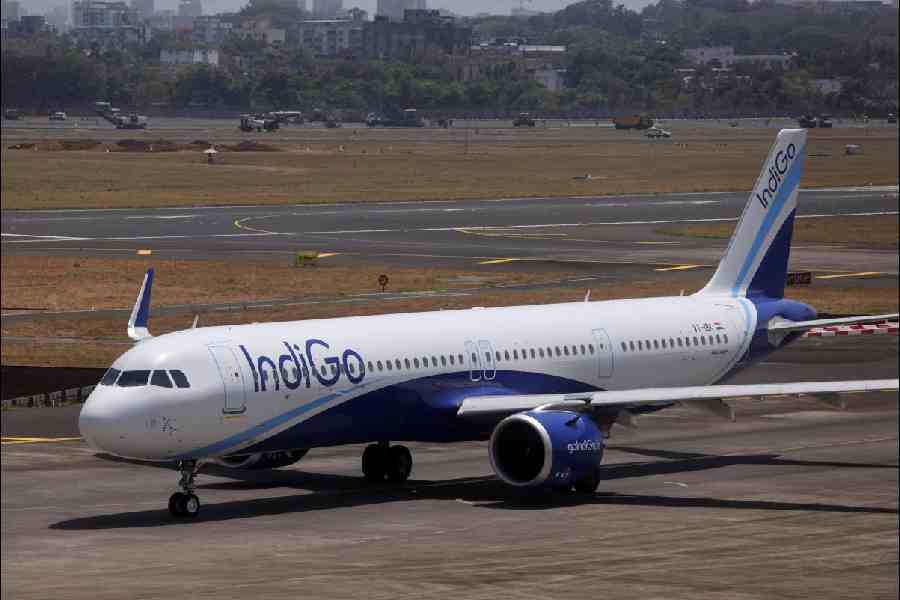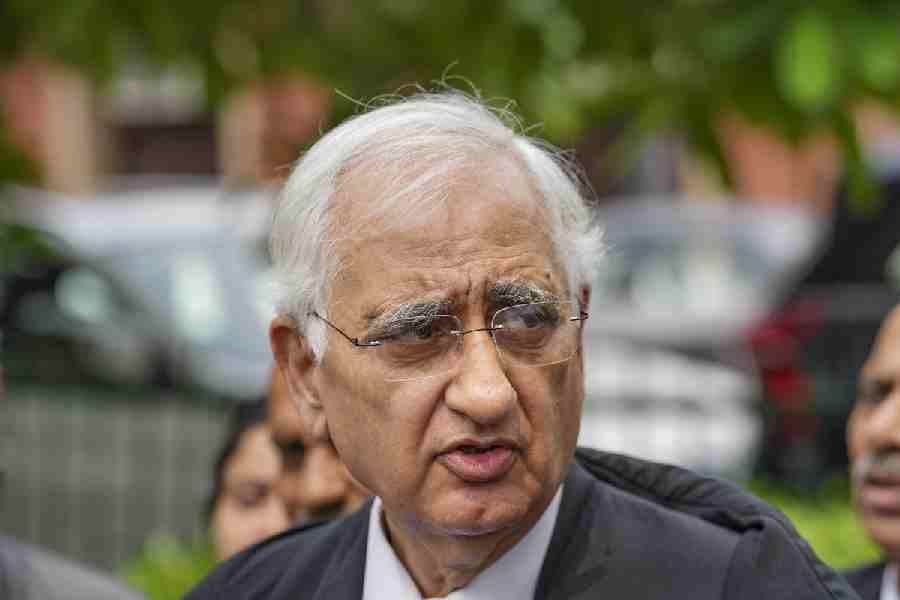 |
| JJJJJJJJJJJJJJJJJJJJJJJJJJJJJJJJJJJJJJJJJJJJJJJJJJJJJJJJJJJJJJJJJJJJJJJJJJJJJJJJJJJJJJJJJJJJJJJJJJJJJJJJJJJJJJJJJJJJJJJJJJJJJJJJJJJJJJJJJJJJJJJJJJJJJJJJJJJJJJJJJJJJJJJJJJJJJJJJJJJJJJJJJJJJJJJJJJJJJJJJJJJJJJJJ |
Tale of three temples
Saswati Mukherjee explores the uniqueness of south Indian architecture in the steel city
jjjjjjjjjjjjjjjjjjjjjjjjjjjjjjjjjjjjjjjjjjjjjjjjjjjjjjjjjjjjjjjjjjjjjjjjjjjjjjjjjjjjjjjjjjjjjjjjjjjjjjjjjjjjjjjjjjjjjjjjjjjjjjjjjjjjjjjjjjjjjjjjjjjjjjjjjjjjjjjjjjjjjjjjjjjjjjjjjjjjjjjjjjjjjjjjjjjjjjjjjjjjjjjj
Imagine this. A lazy traveller trudging through the city stops before a curious site of an architecturally accurate south Indian temple bang in the middle of Jamshedpur. The traveller ponders, and rightly so, on the fact that south Indian architecture is essentially found in the peninsula. But reflections of that authenticity and style may be found in Jamshedpur, too. The story behind the making of one of the temples in the city is interesting, to say the least.
It all started with a vision. A former Tata Motors employee Shri Rang Ranjan, way back in the 1930s, “dreamt” of a grand Shiva temple in a place where a smaller makeshift temple existed already. Shri Rang Ranjan then made his way to the coconut and palm-covered groves at Cuddalore, 20 km from Pondicherry, for inspiration. On his return, his dream took shape in a 64-feet high structure at Telco —the Bhuvaneshwari Temple Devasthan. Standing tall, the temple with Chola architecture is one of the oldest replicas of south Indian temple-style in the city today. Its history is relatively new as far as histories are considered. Its foundation stone was laid in 1978 by the then director of Tata Motors, Sarosh Gandhi, but the construction started much later in 1985.
Temple truths
Situated at a height of 360 feet from the sea level, the temple boasts of a dhwaja sthambha, (a flag post) bearing a metallic flag symbolic of the deity. Right before it is the lion or the vahan symbolising the deity present inside. Then there is the balipitham, a place where temple authorities put a portion of offerings twice everyday for the birds. “That is our service to god,” put in Govind Rajan, chief of priests and religious affairs of the temple. If one ventures further in, there is the magnificent raja gopuram (royal entrance), popularly called the royal tower.
Little details of the south Indian style can be found scattered all over. The garbha griha, also referred to as sanctum sanctorum, is where goddess Bhuvaneshwari resides in style. “The tower at the entrance is typical to south India. As in north India, the raja gopuram is shorter than the garbhagriha,” explains Rajan, giving an insight into the subtle differences in the form of the two. Also, the constant presence of the metallic flag is a characteristic typical to south India.
Moving towards the centre of the temple compound, there is a Durga statue, along with eight different forms of Lakshmi carved on eight pillars. Done up in a riot of colours, the forms were made by 25 artistes from the town of Chidambaram.
Home to Bhuvaneshwari, Balaji and Swayambhu (a form of Shiva), the temple has been the hub of many religious activities for over two decades now. “We have seen members of all communities participate in our festivals. There is no restriction from either side and we have had no difficulties in functioning in this city,” says a proud Shri Rang Rajan.
Another masterpiece
K.K. Vishwanathan, the secretary of the Uttara Sabarimalai Dharma Saastha Temple situated at the Outer Circle Road, Bistupur, echoes his sentiments. “People from all communities are regular visitors. That is motivation enough to experiment with newer practices,” says Vishwanathan. Managed by some 50-odd members of the Kerala and Tamil Nadu Community Trust, the temple was built by artistes from far-off Tamil Nadu.
The entrance is unique. Modelled on the likes of Sabarimala Temple it has the faces of nine Vedic rishis carved out on it. Inside, there is a rare statue of Ayappa placed alongside Bajrang Bali and Navagraha.
This casual mix of south and north styles is perhaps the best part of the temple that lends it an individuality.
Inaugurated in 1977, Dharma Saastha Temple comprises a rare gopuram (entrance), which gets extended into the compound through a long courtyard that takes one into the garbha griha.
The sanctorum for Dharma Saastha, Maha Ganapati, Subrahmanya, Vidya Ganapati, Mahaveer, Kanya Moola Ganapati, Bhagvati, Sarparaja and Navagrahas are separate and segregated. The temple is touched for renovation only once in every 12 years.
Here, too, at the end of January community members and temple authorities get together for a 15-day programme, which marks their annual homage to deities. Temple authorities also observe a monthly sasthi for Lord Kartik. Known for its orthodox practices, authorities do not allow devotees to bring in any offering of their own. “People can only bring in fruits, rest needs to be bought from the temple stores, which is then cooked on the premises,” put in Vishwanathan, adding that Saturdays and Tuesdays are marked by special pujas every week.
Now Andhra Pradesh
After Tamil Nadu, Kerala could Andhra Pradesh be far behind? A temple that pays homage to Andhra style is the Andhra Bhakta Sri Rama Mandiram situated close to Diagonal Road in Bistupur.
It is the oldest among the three and was started in the year 1919. “We began with a bhajan mandir,” says Sri Ramaloo, manager of the temple committee, recollecting the gradual expansion of the construction to its present glory.
The temple is separated into two blocks — one building where statues of Shiva, Rama, Rajrajeshwari, Ganesha and Dattatreya are situated and another, situated opposite, with a temple dedicated to Balaji (built in 1968), a Navagraha temple (built in 1969) and a Radha Krishna temple (built in 1972).
Though it was built by local artistes, it carries all the characteristics that make it as authentic as the other two. Here, a 13-day Brahmotsav celebration is the unique feature held in the months of May and June.











